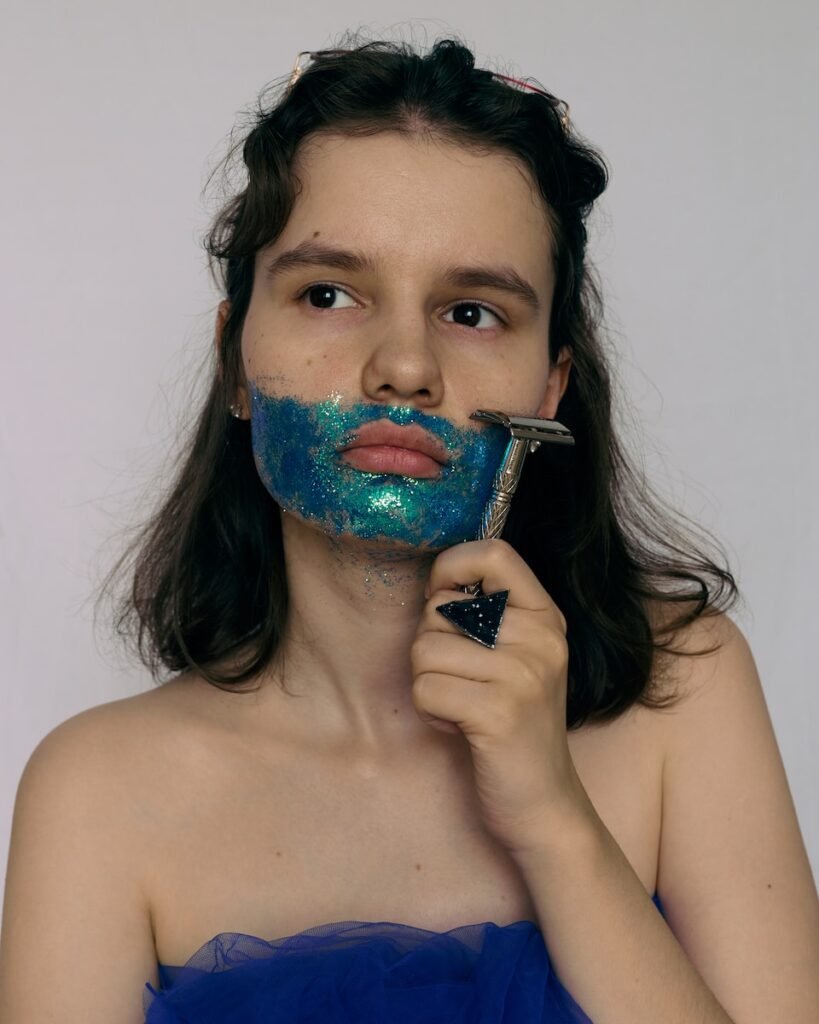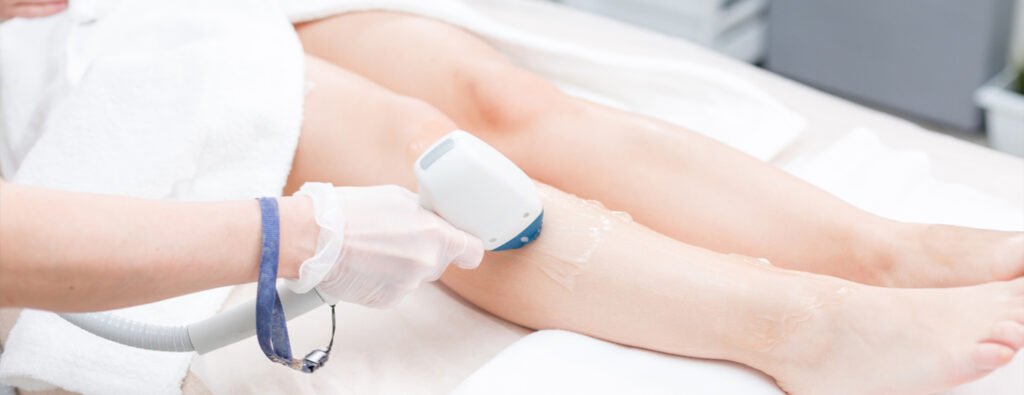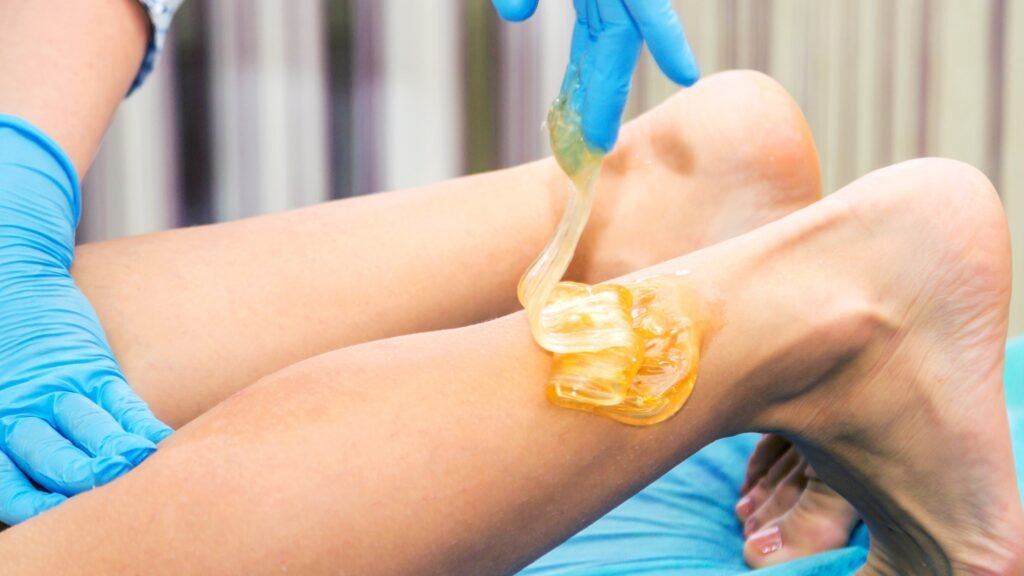
Many people experience unwanted hair for various reasons; the good news is there are various methods available to them for its removal.
Electrolysis can be one of the best solutions, as it destroys hair follicles to stop future hair growth. However, multiple sessions must be scheduled with a professional for it to work effectively.
Waxing
Waxing is a popular beauty and wellness practice, and waxing is one of the most sought-after solutions for hair removal. Waxing provides a semi-permanent way of eliminating unwanted hair more effectively than shaving; making it suitable for larger body areas like legs or arms. There are various forms of waxing, so be sure to select one tailored specifically to your skin type.
Hard wax is ideal for sensitive areas like the bikini line or upper lip, as it adheres to only hair follicles instead of being applied directly to skin, making it less painful than soft wax and less messy in comparison. Plus, its gentle formulation makes it suitable for those with delicate skin!
Soft wax, often known as strip waxing, is an increasingly popular hair removal technique used on both large and small body areas. This method involves applying a thin layer of warm wax onto the skin, waiting until it hardens before pulling it off in the opposite direction that the hair grows – perfect for coarse, thick or other hard to reach hair! It can even help those with difficult to manage locks.
Waxing provides many advantages, from smooth and silky skin to long-term results. Exfoliation prior to waxing will reduce ingrown hairs and other complications from occurring, so make sure you plan your appointment within one week of tanning or using retinol creams (this could increase risk).
If you tend to experience redness, irritation, or breakouts after waxing treatments, be sure to inform your therapist or use an all-natural waxing product designed specifically for sensitive skin. Furthermore, taking an over-the-counter pain reliever such as ibuprofen 30 minutes prior to an appointment can also help minimize discomfort and swelling.
Waxing is one of the most popular and effective methods for removing unwanted hair from the face or body. While the process can be painful, waxing is fast, simple, and relatively inexpensive when compared to laser or electrolysis treatments. Finding an experienced provider who utilizes appropriate products, maintains an organized workspace, and utilizes proper technique is key to successful waxing results. However, keep in mind that waxing damages hair follicles, which could eventually delay or stop new growth altogether in those areas.
Sugaring
Sugaring is similar to waxing but uses a paste made of lemon juice, water and sugar instead of synthetic wax with no chemical additives, making it safer for skin as it only adheres to hair rather than live cells – helping reduce redness and irritation post treatment. Plus it’s faster and water-soluble so any sticky residue can easily be cleaned off using a warm towel!
As with other methods of hair removal, body sugaring requires finding a salon specializing in it and adhering to proper sanitary practices such as wearing gloves for hygiene reasons and regular appointments as this will prevent infection and assist with maintaining slower growth of any future hair growth. We strongly suggest setting aside enough time each month for scheduled hair removal sessions in order to reap maximum benefit from regular body sugaring sessions.
Sugar paste application does not cause skin damage like waxing does; rather it applies at body temperature without burning the skin. Therefore it can be used on all skin types, including sensitive ones, without risk of burning. Furthermore it removes hair in its direction of growth which reduces breakage and results in less ingrown hairs than traditional shaving.
Sugar paste differs from waxing by not ripping at live skin cells and as such is gentler on sensitive areas, including the genital area where mechanical tools, heat and friction may irritate and sensitise it further.
Waxing and sugaring can both be effective solutions to hair removal needs, but if pain or recovery time concerns you, other techniques might be worth exploring. Be sure to consult with an esthetician or dermatologist first in order to select one that fits you and your skin type properly.
Threading
Western society often looks to the East for health and beauty solutions — think massages, yoga and aromatherapy. One Eastern import that has recently made waves here in America is threading: an antibacterial cotton thread technique used to quickly shape beautiful eyebrows quickly and painlessly. Threading may seem simple or primitive at first, but a skilled threader can quickly whip the loop around hairs to pull them out by the roots – faster and often less painful than waxing which may leave skin burned or peeling.
Thread waxing is highly sanitary as only thread touches your skin – eliminating any chances of double-dipping or using unsanitary tools between waxes, like you might encounter at unlicensed salons. Furthermore, threading may be ideal if you have sensitive skin or are allergic to waxing, shaving, or chemical-based products.
Threading is an accurate method for shaping eyebrows to perfection, enabling you to remove hair in “lines”, creating the ideal eyebrow shape. This is particularly beneficial for people who experience hormonal hair growth which causes their brows to thicken or darken faster than usual. Plus, threading doesn’t cause redness and irritation like other methods might do!
Threading may take some time for your skin to return to its usual state; the thread isn’t just pulling out hairs but also surrounding skin that surrounds them, which means if you aren’t an experienced threader the treatment could be painful.
However, this procedure may not be suitable for everyone and can actually be hazardous if done incorrectly. Therefore, it’s wise to have this service performed by a certified cosmetologist rather than attempt it on yourself at home. Furthermore, pregnant women or those prone to keloid scarring should avoid this treatment, as well as those expecting children and expecting moderate bruising and swelling afterward; though an experienced technician should be able to minimize such side effects.
Shaving
Shaving is the practice of using razors or other bladed implements to remove hair from the skin using razor blades, most frequently on legs, armpits and faces but it may also be performed on moustaches, eyebrows, back or arms. Shaving should be performed regularly so as to prevent unwanted hair from growing back too rapidly; shaving is not only cost-effective but can lead to ingrown hairs and itchy skin; therefore exfoliation prior to shaving with high quality razor is highly recommended to ensure safety for ingrown hair removal from being made.
Plucking or tweezing can be an ineffective and painful method of hair removal, leading to ingrown hairs, scarring, irritation and redness in small areas such as eyebrow reshaping or removal of single stray hairs from facial features. Plucking should only be used on small areas such as shaping eyebrows or removing single hairs from face. When used alongside waxing for better results and to prevent ingrown hairs.
Sugaring, another method of hair removal, utilizes a paste made of sugar and other ingredients to pull hair from its root. Similar to waxing but with less pain and lasting longer results. Sugaring should only be performed by trained professionals with good hygiene practices and experience.
Electrolysis is one of the more permanent solutions to hair removal. Dr. Kapoor notes that in this procedure an electrical current is applied directly to individual follicles to destroy them using electrolysis; though more costly than other options, electrolysis offers safe and lasting solutions for unwanted hair growth.
Both men and women may experience unwanted hair growth for various reasons. It could be medication, pregnancy, steroids or higher levels of certain hormones like testosterone; or genetics. Women were once more likely to undergo hair removal than men; but lately men have begun opting for manscaping; which involves shaving unwanted body hair from chest, arms and face areas – sometimes known as manscaping.


